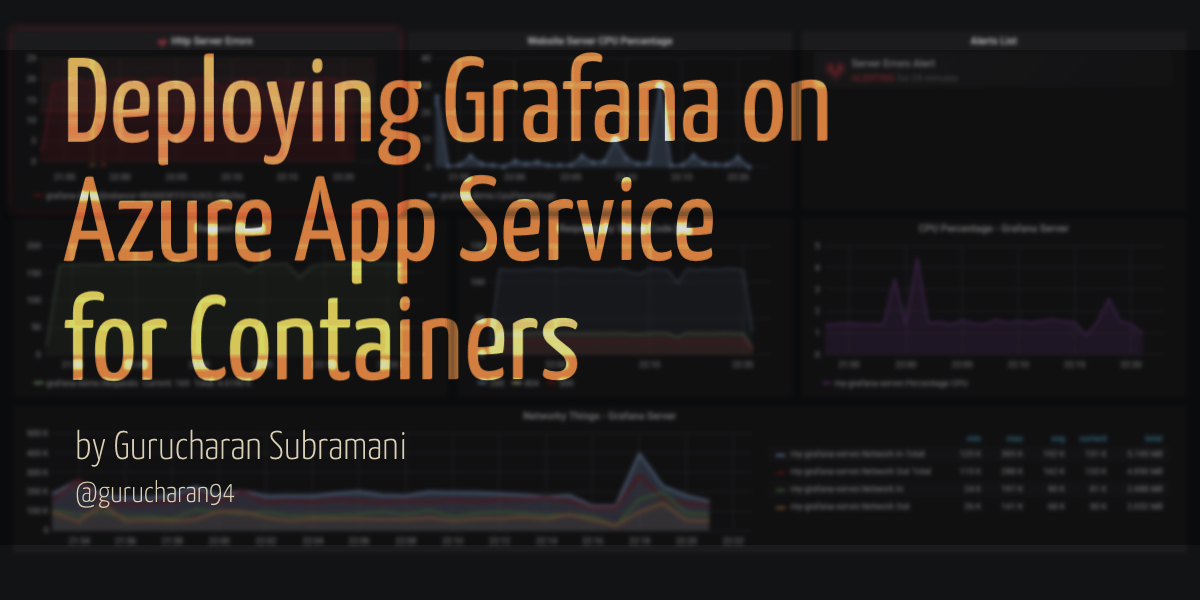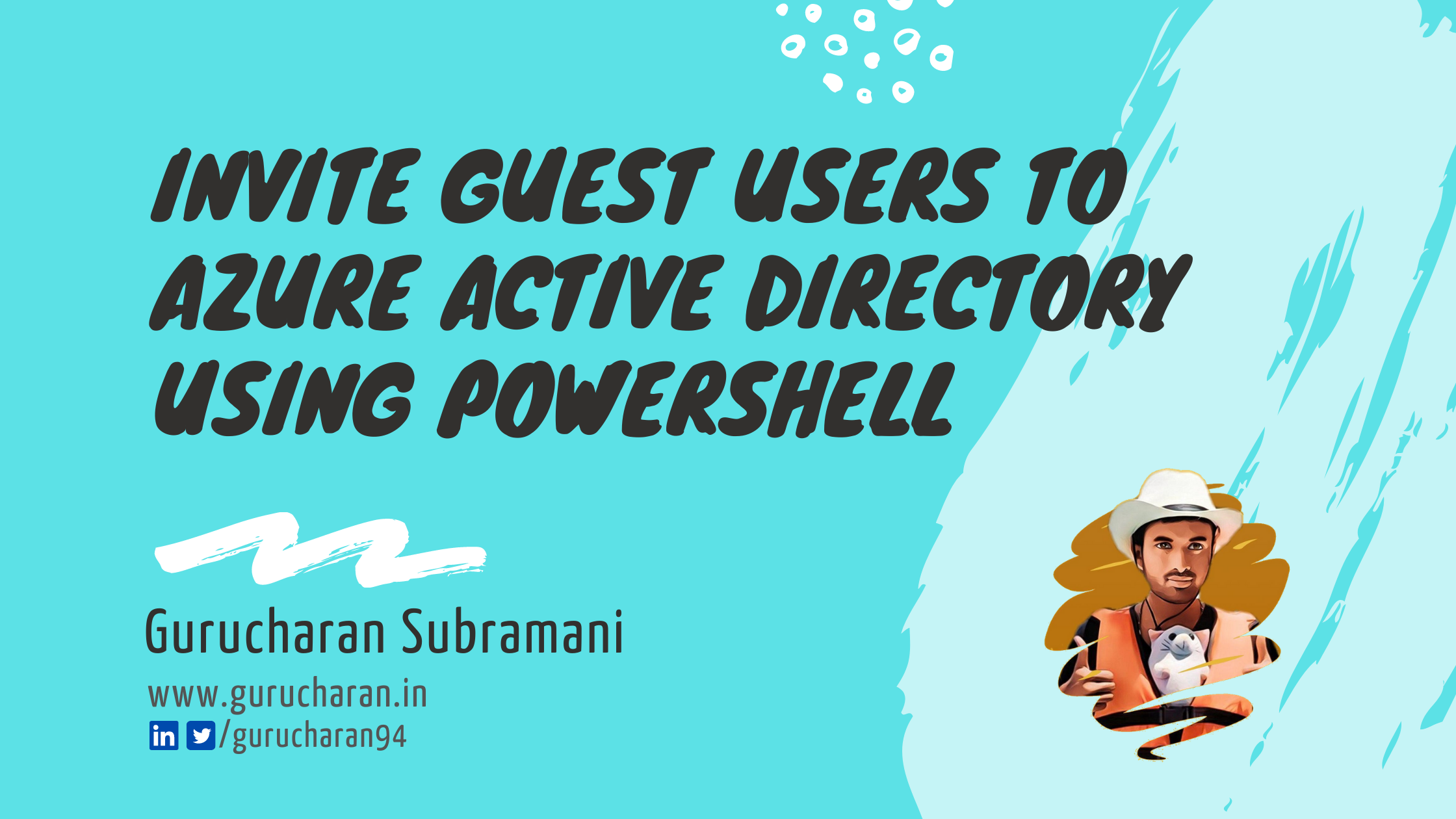Benefits of Setting up Grafana on Azure Web App for Containers
UPDATE: Due to changes in how Azure Storage Mount works for Azure Web App for Containers, it is recommended that you use a dedicated database such as MySQL or Azure Database for PostgreSQL server
I have already written showing my excitement for the Azure Data Source for Grafana. With alerting now fully supported from Grafana v6.5 onwards, I think the plugin is ready to be used to monitor production workloads in Azure. While installing Grafana on a single Virtual Machines on it is the easiest way to get started, that is not exactly setup configured for high availability.
From the Grafana docs,
Setting up Grafana for high availability is fairly simple. You just need a shared database for storing dashboard, users, and other persistent data. So the default embedded SQLite database will not work, you will have to switch to MySQL or Postgres.
While I could get the Bitnami Multi-Tier Grafana MarketPlace Setup for Azure to work, I found that this was a bit of an overkill for me. I have 2 Virtual Machines inside an availability set, an Application Gateway that is expensive (why not a simple load balancer ?) and no https out-of-the-box and a dedicated MySQL Database.
Having been an Azure PaaS person, this didn’t really click for me. Especially the no https by default and the management overhead of the Virtual Machines.
I knew Grafana had a docker image available and so I began to wonder if I can run Grafana on Azure Web App for Containers. Someone already did it, as always. The system is really simple
- Run Grafana Image on Azure Web App for Containers
- Point
/var/lib/grafanato a Globally Redundant Storage Account mounted on Web App
This is a nice setup and I like it because the Paas Model of Azure App Service means less management for me. Also, I can create deployment slots and run a nightly build of Grafana from the grafana-dev repository on Docker Hub. I can try out newer features and check if the newer version works for me and upgrade safely by swapping slots.
Then I also get HTTPS. OUT-OF-THE-BOX.
Also, the Globally Redundant Storage houses the SQLite database at half the price of a full-fledged SQL Database. Grafana doesn’t store data locally and needs the database only for storing dashboards and users information which is not a lot of data and I think a shared SQLite is good enough. I can, of course improve the setup even more by mounting the same storage account on another App Service running on a geo-paired region and having a traffic manager doing its magic.
Unfortunately, there is no ARM Template support for Mounting Storage Account on App Service as of writing and so I have to use either the bash or the PowerShell approach.
I have to ensure that the scripts are idempotent. A fancy way of saying let’s add if-else to ensure the scripts don’t fail when I run a second time. Looks nice for now and I am happy with the final set-up.
UPDATE: Due to changes in how Azure Storage Mount works for Azure Web App for Containers, it is recommended that you use a dedicated database such as MySQL or Azure Database for PostgreSQL server





